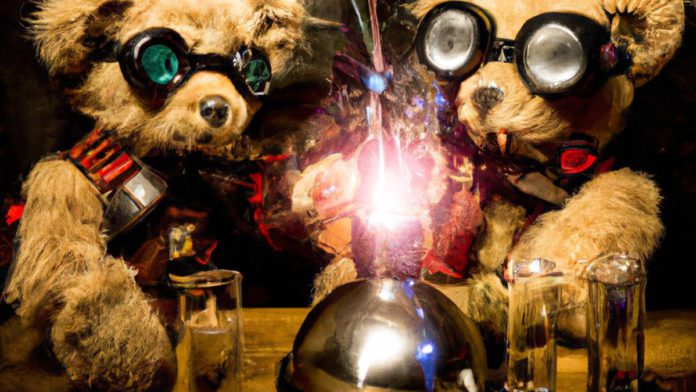DALL-E is a “generative model,” a type of machine learning that generates creative output rather than predicting or classifying data from input. Built by OpenAI, an AI research company, it draws its name from the portmanteau of the Pixar film WALL-E and the Surrealist painter Salvador Dalí. On Wednesday, OpenAI announced that DALL-E would be available in beta to one million individuals on the waitlist.
If you’re accepted, you’ll earn 50 free picture credits for your first month and 15 for each subsequent month. Each credit gives three photographs if you provide an edit or variant prompt or four pictures based on one original prompt. If the free credits are insufficient, a bundle of 115 credits is offered for US$15.
Additionally, the beta extends the user permissions to cover commercial ventures. The pictures can be printed, for instance, on t-shirts or children’s books. With more individuals accessing the technology, privacy concerns have increased, but OpenAI offers solutions for this. In order to safeguard people’s safety, it has been made clear that it will not let the upload of actual faces or the creation of “likenesses” of renowned individuals. People may no longer “produce violent, pornographic, or political content, among other categories,” according to OpenAI’s improved filtration mechanism. The company worries that individuals would misuse the technology for undesirable reasons like spreading false information and deepfakes.
To combat racial prejudices, the company has developed a new method that generates pictures of individuals that more correctly represent the variety of the world’s population. Human oversight is also provided to prevent abuse of the technology.
OpenAI did not provide a timeframe for when it will begin emailing invites, although it is expected to start small and grow until it has one million users. It’s also unclear what occurs after that. The creators underlined that this is still the beta stage and that they are eager for customer feedback. In light of that, OpenAI will likely make adjustments to Dall-E until they can completely make the tool accessible to everyone.
In April, OpenAI unveiled DALL-E 2, an upgrade to its text-to-image generator DALL-E. Using cutting-edge deep learning algorithms, it builds on the success of its predecessor DALL-E and enhances the quality and resolution of the output images.
Read More: OpenAI unveils DALL-E 2, an updated version of its text-to-image generator
Last month, Dall-E Mini, a freely available text-to-image generator, received much attention online. Developed by machine learning engineer Boris Dayma, this AI tool was influenced by OpenAI’s technology. Although far less remarkable, its representations contributed to several people making AI image generation their passion. Since it has no connection with OpenAI, to minimize misunderstanding, DALL-E mini recently changed its name to Craiyon.


